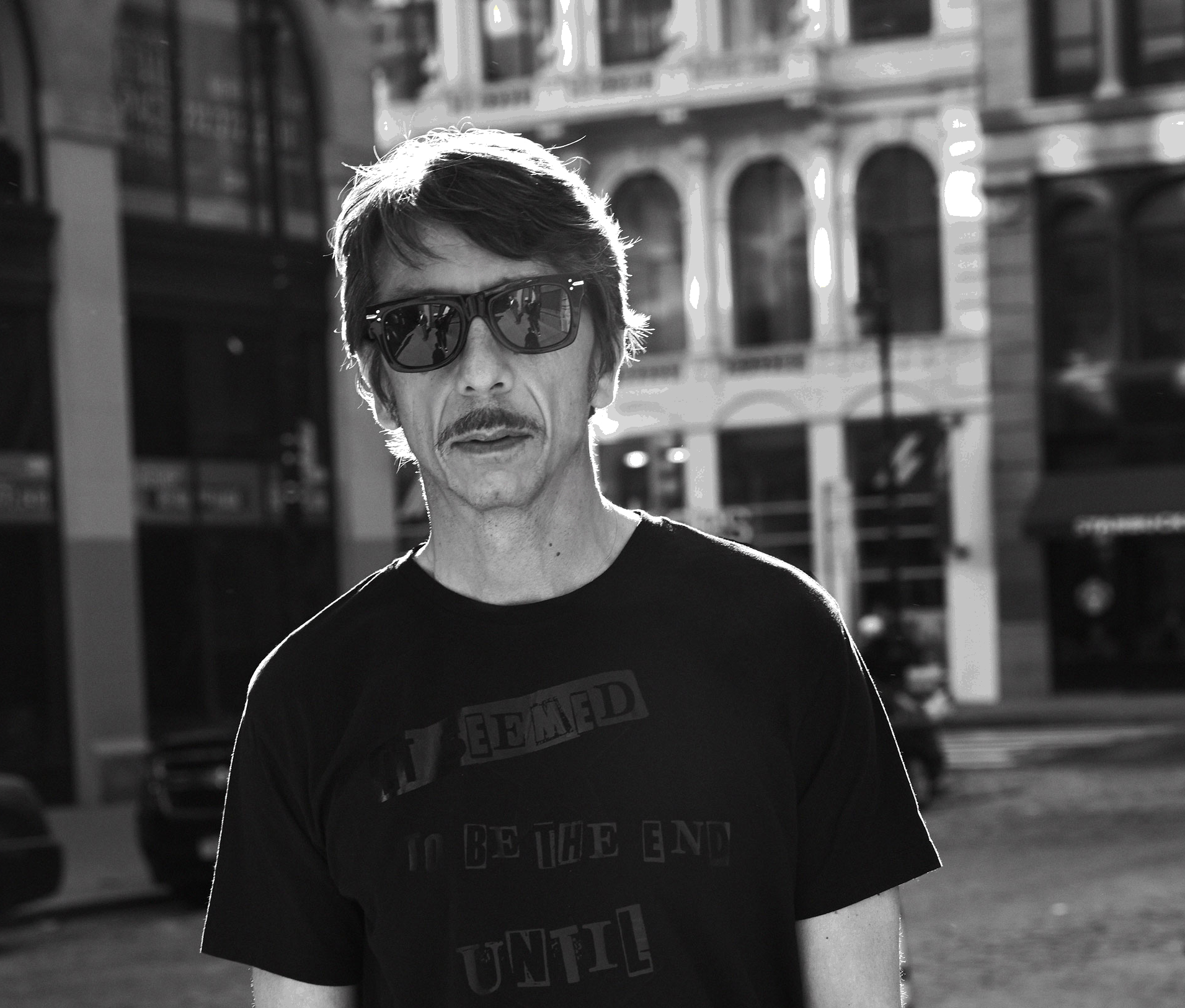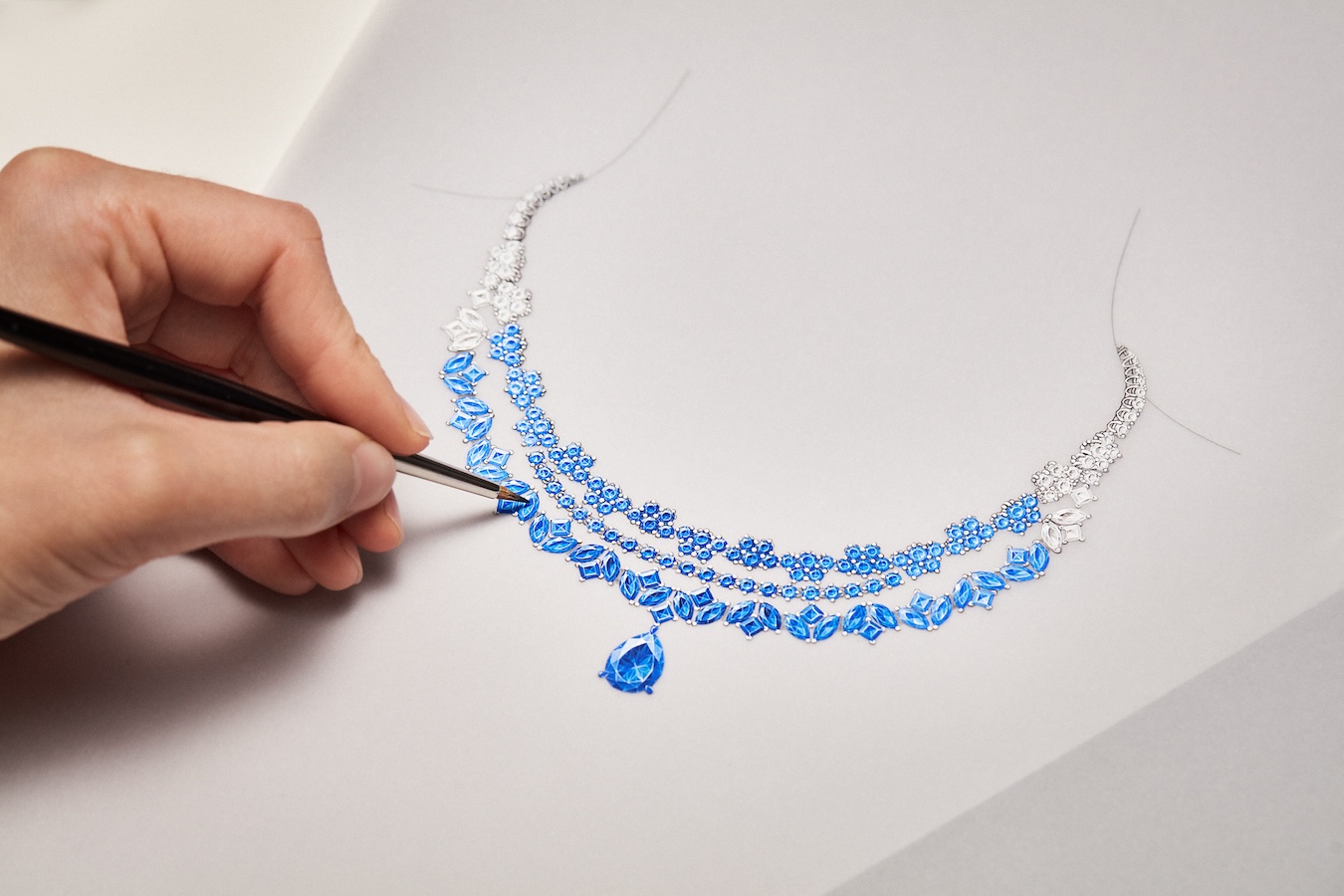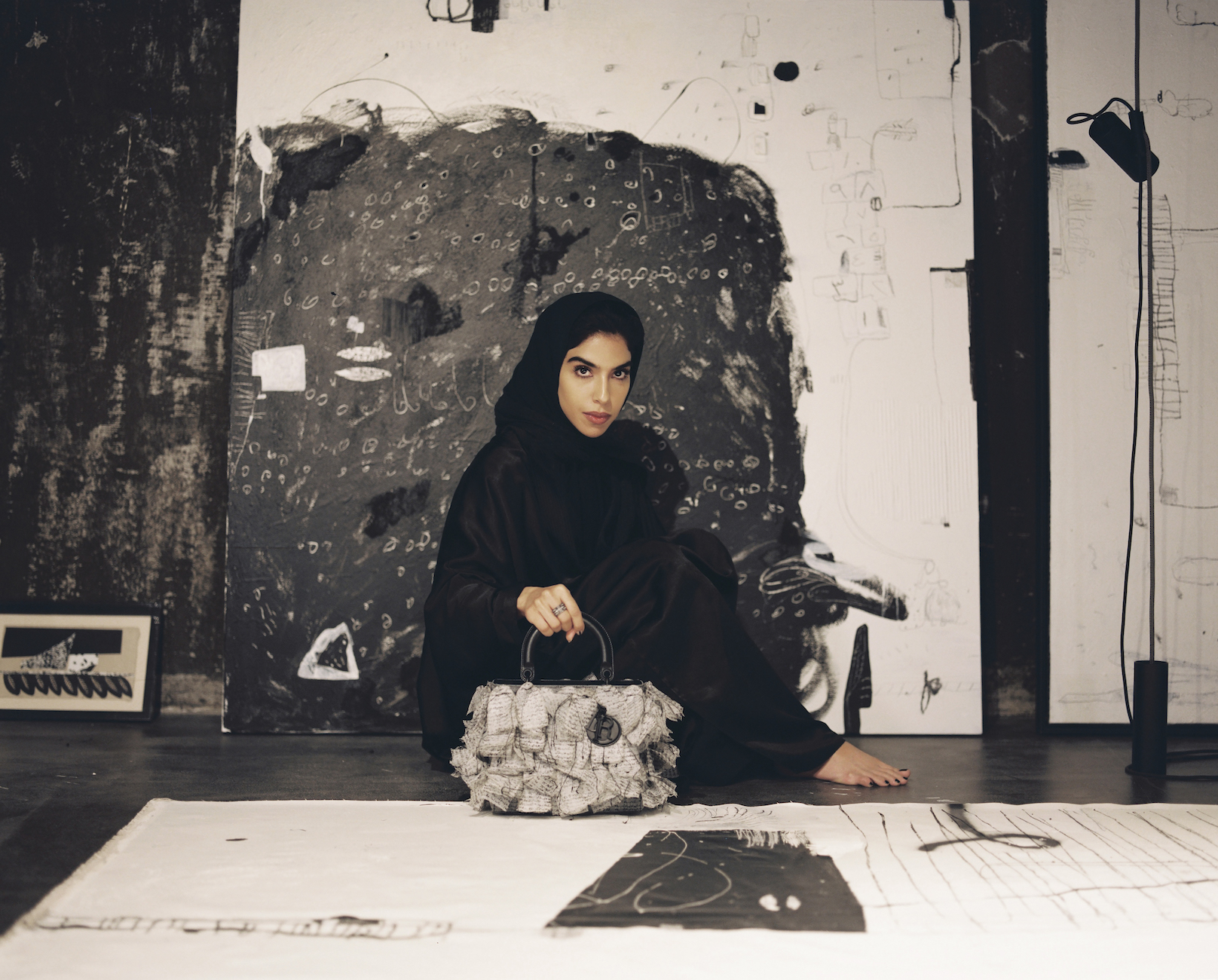Care and culture. That’s what “couture” means for Pierpaolo Piccioli, the creative director of Valentino. Starting his process from a sense of emotion, the designer continues to pull from history—the Renaissance, the Victorian age, the medieval era—for inspiration that results in meditative and romantic collections that can only be described as downright gorgeous.
Now the only design force behind the Italian fashion house (his longtime creative partner Maria Grazia Chiuri departed last year for Christian Dior), Piccioli told us he works from a more instinctual place. Through a freedom he’s allowed himself only after mastering his discipline, he is focused on emphasizing the “beauty of diversity.”
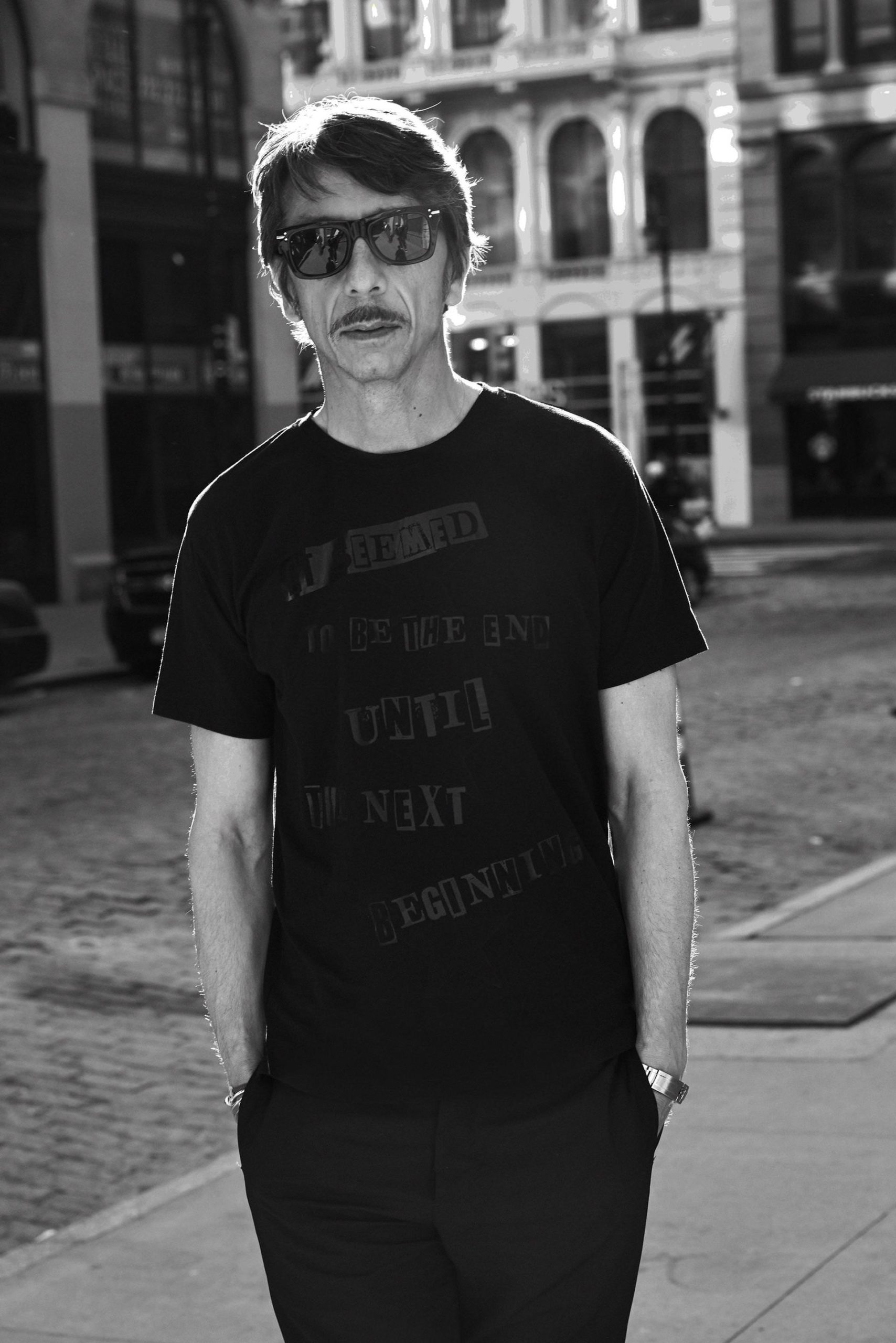
Portrait of Pierpaolo Piccioli by Andrew Arthur.
With his Fall/Winter 2017–18 Ready-to-Wear collection effortlessly mixing Victoriana with the Memphis Group, and a Fall/Winter 2017–18 Haute Couture collection heavy with ritualistic and religious undertones, Piccioli talked with Whitewall about sharing the value of humanity through fashion.
WHITEWALL: It’s now been almost a year since you became the sole creative director of Valentino. With a year behind you to reflect on, what has been the biggest change in terms of your creative process?
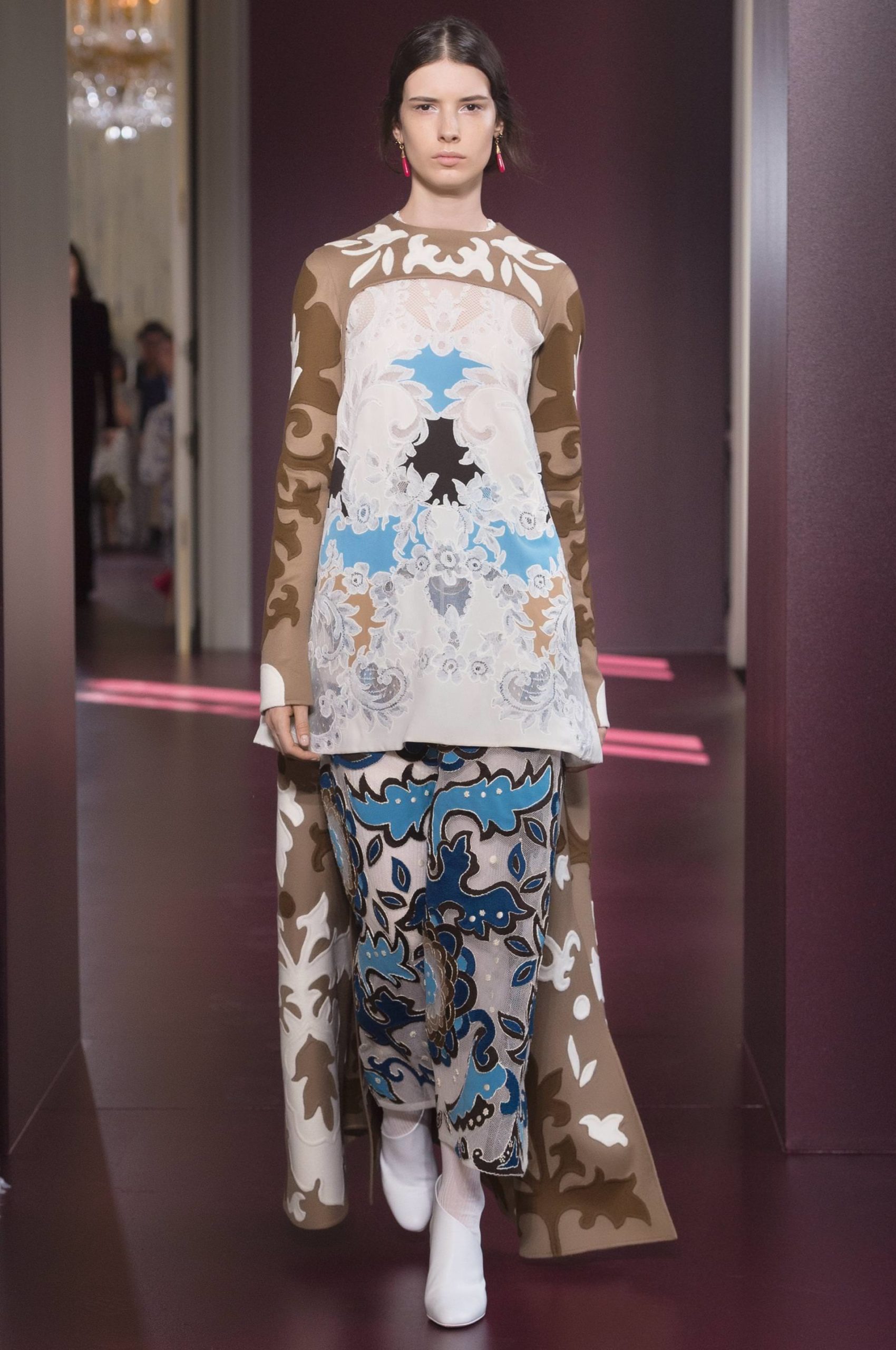
Maison Valentino haute couture fall/winter 2017-18.
PIERPAOLO PICCIOLI: My creative process is now more instinctual. It starts with emotions, and I love to share these emotions with my team. The result of multiple sensibilities is a unique creation. I think this is the approach that mostly represents my vision.
WW: In an interview last year, you said, “I believe that both in work and life, the most important thing is the freedom to choose and not adapt to rules . . . that take away freedom and creativity.” Would you describe your role now as more free? If so, in what ways are you exploring that freedom?
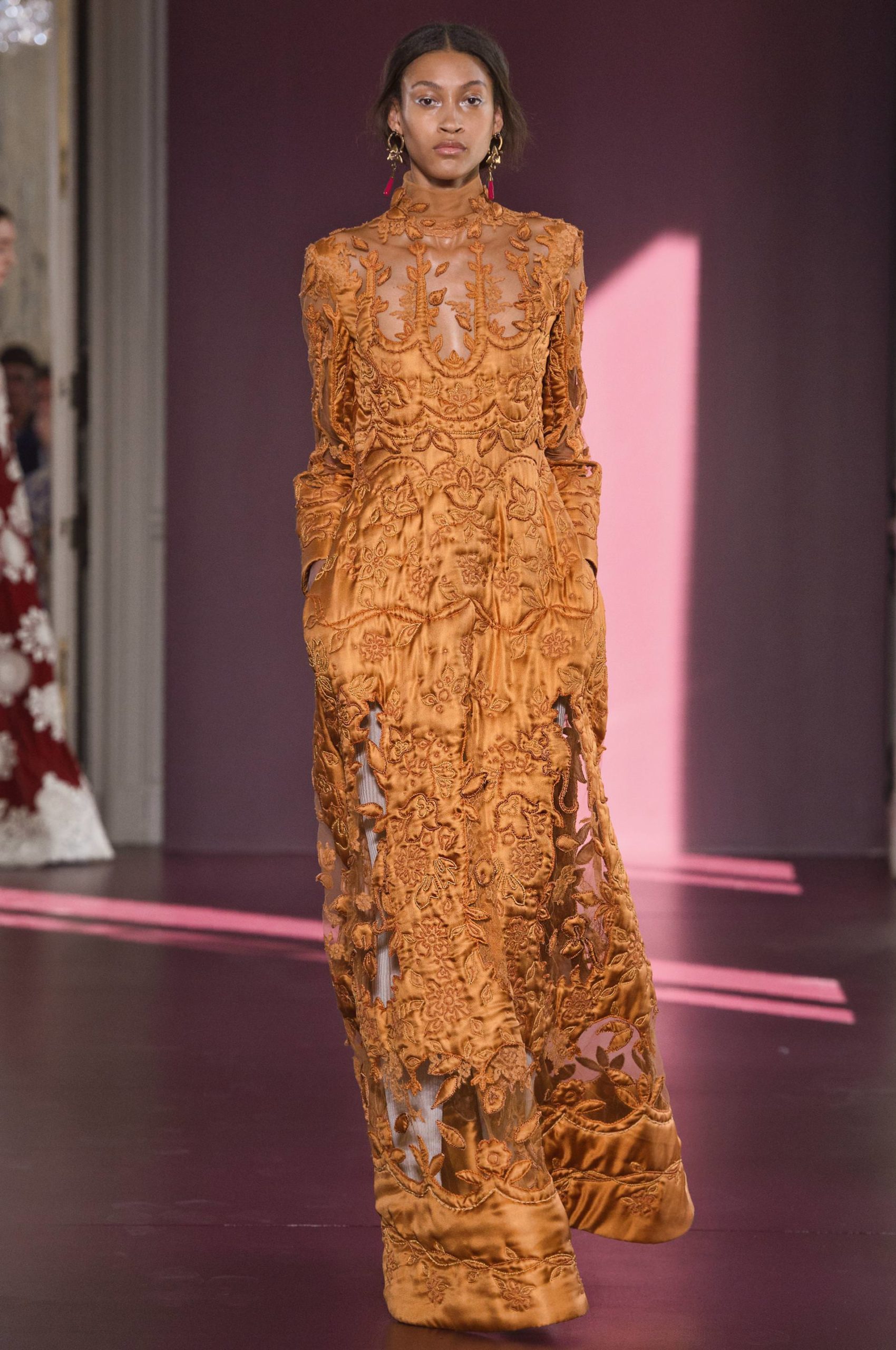
Maison Valentino haute couture fall/winter 2017-18.
PP: You need to know the rules in order to break them, and freedom is a path, a condition of the mind. On the other hand, discipline facilitates the creative process. No discipline equals no freedom, but people tend to confuse rules with discipline. It’s not the same. Freedom means to express yourself in your own authentic way, always staying true to yourself even if you have to make unexpected decisions.
WW: Within that theme of freedom, the silhouettes you’ve designed in the recent year of collections feel quite free—with long lines that fall away and flatter the body. Do you think, in a sense, you’re giving the women who wear Valentino a bit more freedom?
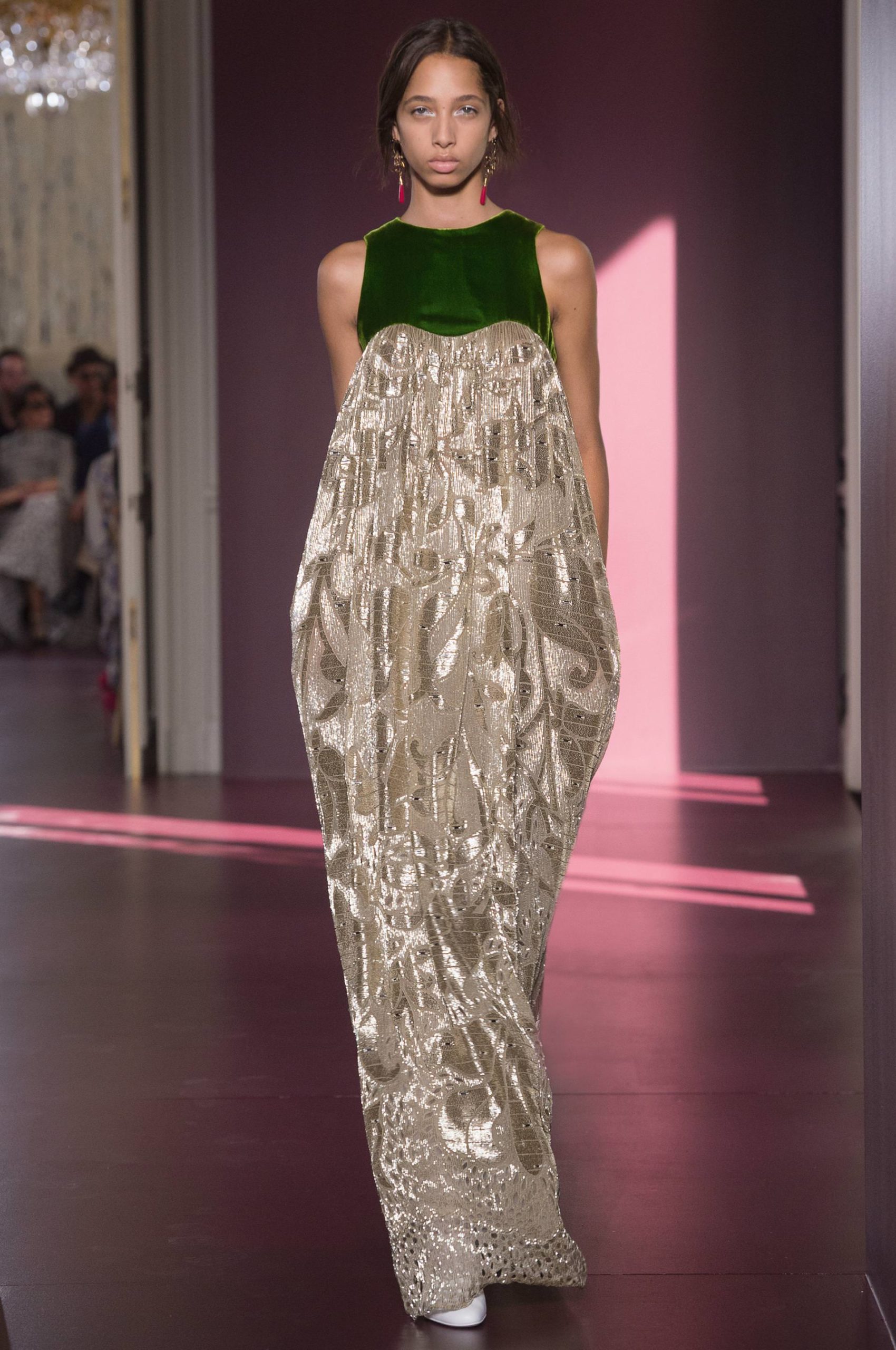
Maison Valentino haute couture fall/winter 2017-18.
PP: I believe that beauty should be effortless and that it should provide a solution to complexity. Those fluid lines that you refer to represent a conscious decision to liberate the body from any rigid structure and allow for freedom of movement, which I like to consider as a symbol for freedom of thought. Moreover, I believe that the absence of constraints is a good way to emphasize the beauty of diversity.
WW: You’ve said that for the first collection you designed solo, you were able to get back to your roots of the Renaissance—finding inspiration in Hieronymus Bosch’s The Garden of Earthly Delights. Why has that been an important time period for you?
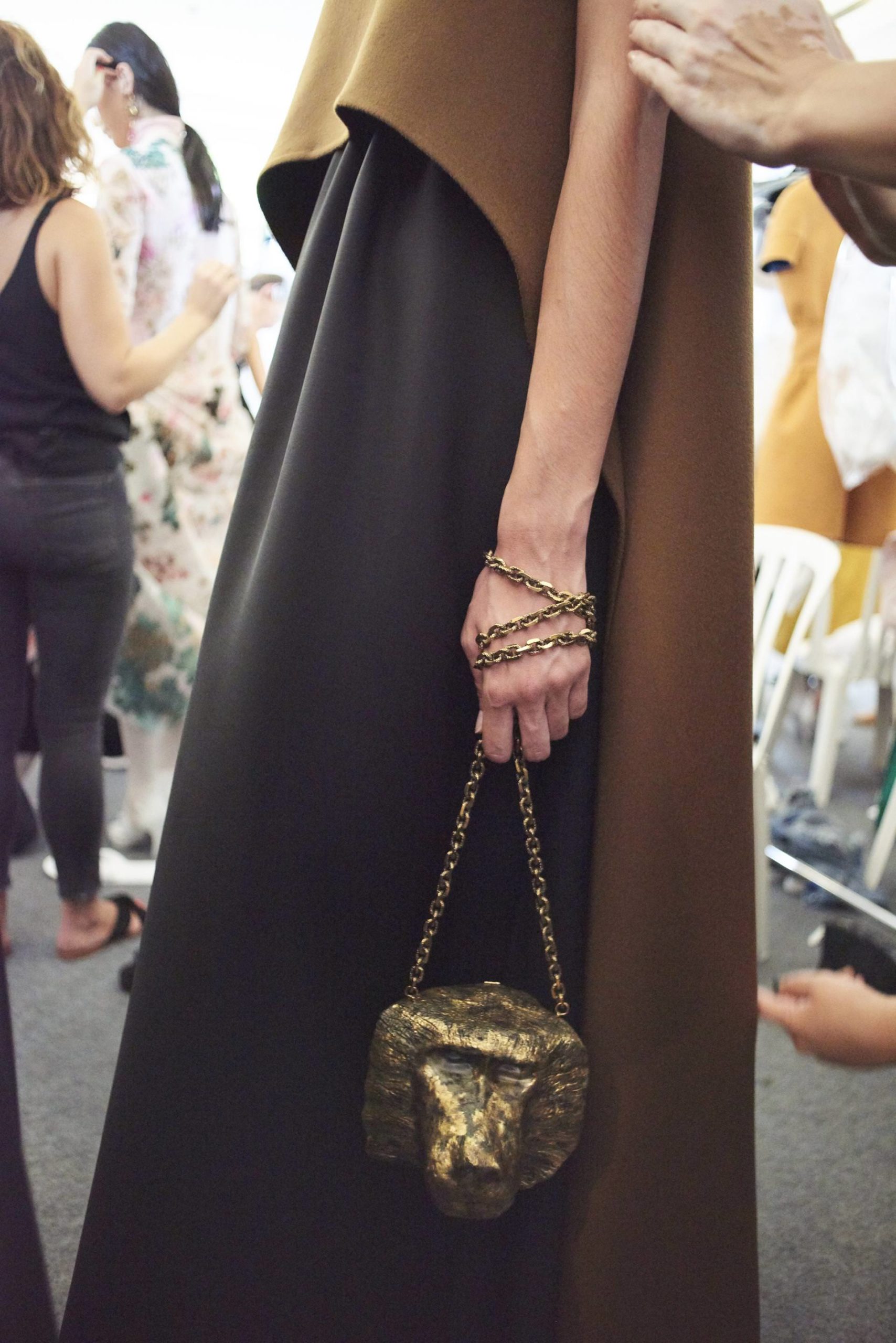
Maison Valentino haute couture fall/winter 2017-18.
PP: The Renaissance acted as a cultural bridge between the Middle Ages and modern history and brought about a fundamental change—at the time I felt an affinity to this revolution. I wished to propose something that has always been dear to me and to express my own stylistic ideas. That collection was a sum of my own passion and personal taste. Bosch represented his own world, and I wanted to represent mine, in my own little way.
WW: Zandra Rhodes’s dresses from the 1970s and ’80s have also been a reference. What appealed to you about her work?
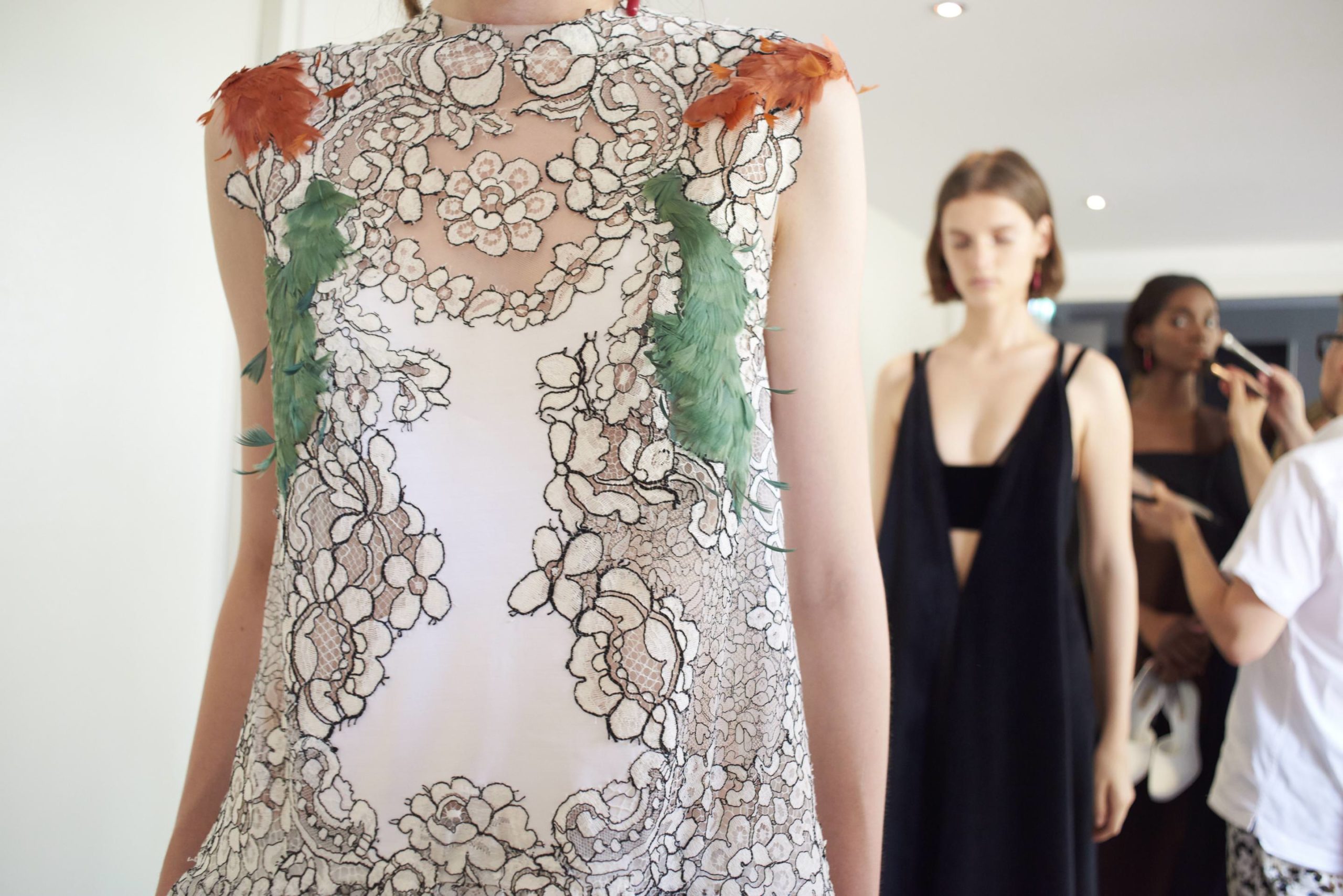
Maison Valentino haute couture fall/winter 2017-18.
PP: Even though Zandra Rhodes is a punk icon, she has always been free from punk clichés. Zandra’s great sense of freedom and authenticity made the artistic collaboration between us an extremely interesting experience.
I enjoy collaborating with artists that I have always admired, like Zandra and Jamie Reid, and I like to keep a “fan attitude” toward them when working together.
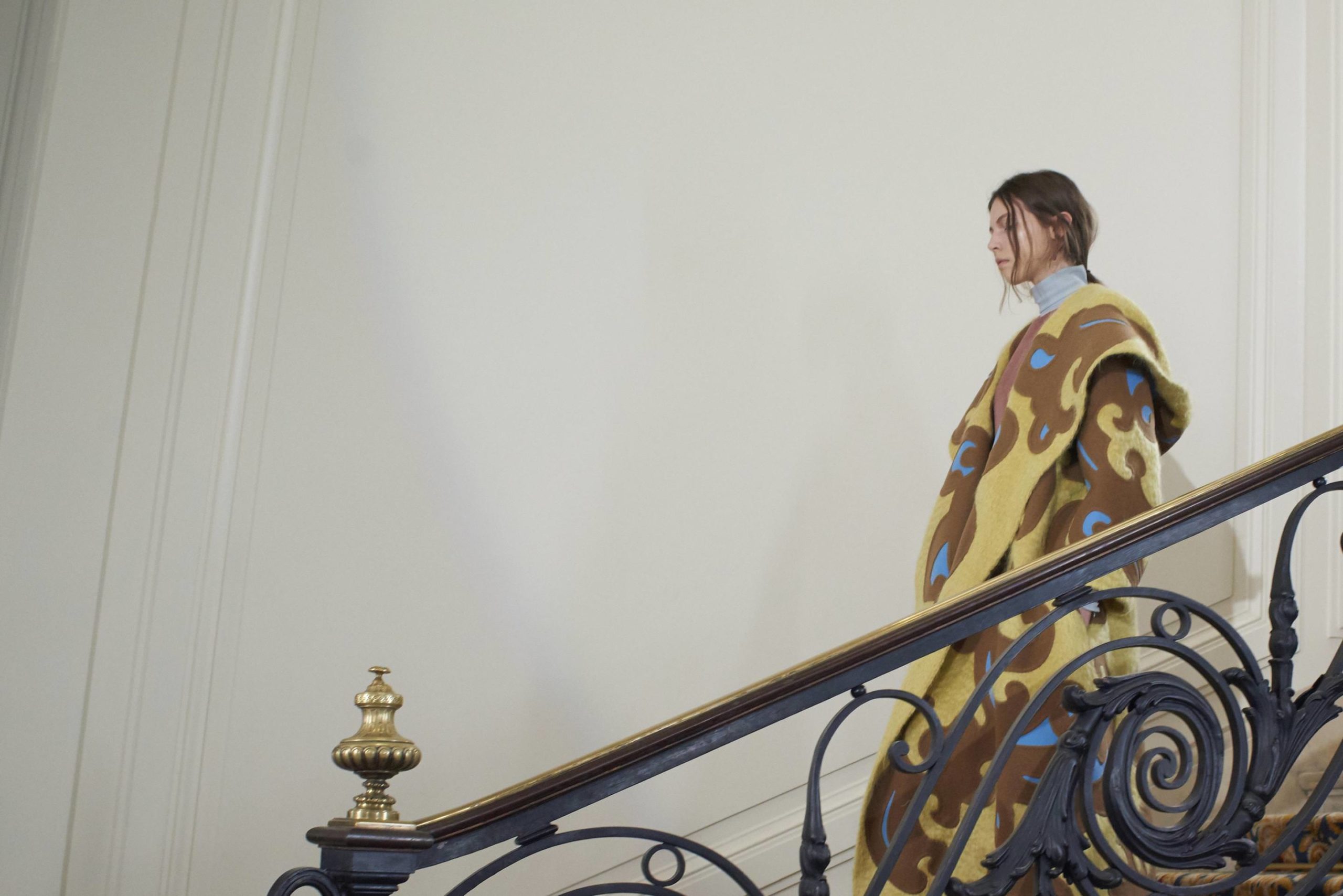
Maison Valentino haute couture fall/winter 2017-18.
WW: You looked to Greek architecture and myths in the Spring 2017 couture collection. What message or story did you want to tell from that point of inspiration?
PP: Deliberating over the essence of haute couture revealed certain rituals of both suspended and cyclical moments, which brought me to reflect about the roots of our culture. The myth as part of the collective imagination and the dream as the personal one collided in the oneiric sphere of haute couture.
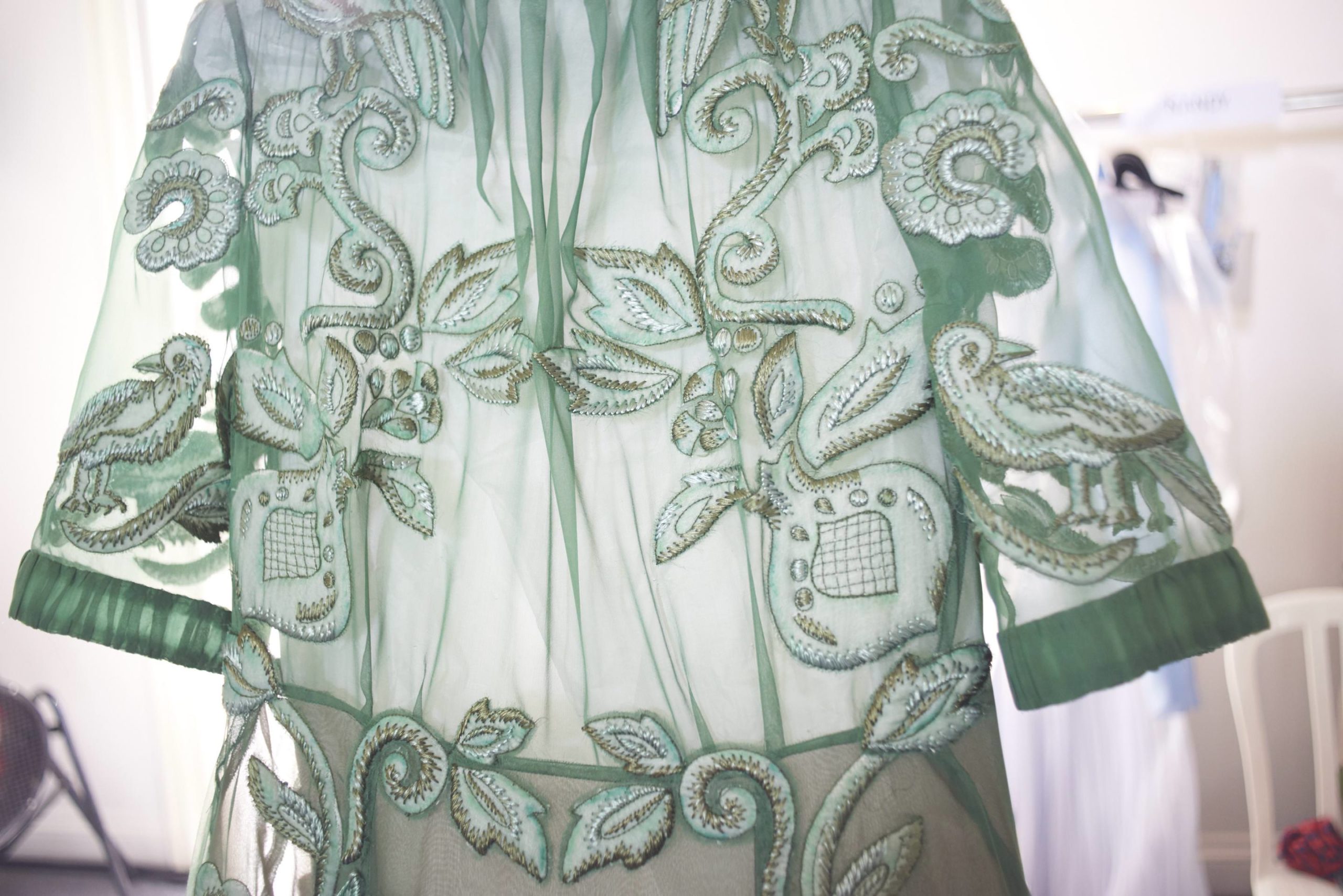
Maison Valentino haute couture fall/winter 2017-18.
WW: That collection was so dreamy, exuding such elegance and ease. And we were surprised to even see wide-legged trousers in a couture collection. Are there any couture “rules” you enjoy breaking?
PP: I like to use the language of couture. I express my contemporary interpretation of it through the rituals and traditions that have always characterized it.
WW: For Fall/Winter 2017–18, Victoriana and the Memphis Group were your reference points. How did you initially see the connection between the two?
PP: I started my reflection from the consideration of what is really “new” today. Apparently, nothing can be created, everything has already been said or done, but I believe that connecting realities which are completely different such as Victoriana and the Memphis Group is a new inspirational approach that I like to assume.
WW: The Memphis Group seems to be having a bit of a renaissance at the moment in the design world. What about that movement did you personally connect to?
PP: I share their same idea of urban decentralization and their focus toward peripheries, where the most interesting things often happen. I turn to it again: I like to express the same values through different narratives.
WW: You managed to do the impossible with the Resort 2018 collection, elevating the track suit popularized by early eighties hip-hop. What was it like to take that on?
PP: The same object can come to mean different things in different periods. Stripping it of its original context and cloaking it with another makes it possible to decontextualize and reinterpret a garment, a style, a specific aesthetic. Sportswear is the new daywear. It represents the freedom to be yourself and to express the value of diversity.
WW: In a review of a recent collection, you were acknowledged for providing fantasy in fashion, when many designers chose a more activist and political bent this spring. Would you ever see yourself getting political creatively? Or do you see fashion strictly as fantasy, desire, or an escape?
PP: I am not a politician, but a witness of my times and through fashion I have the privilege to send a clear message of what I think. I want to promote the idea of diversity and to celebrate the value of humanity. Humanity to me means no borders, no gender or color distinctions, no walls, and the constant dialogue between different sensibilities.
WW: You’ve said that when you start a collection, what you start from is the feeling you want people to have. What do you think people are looking for from fashion today?
PP: Emotion is always the point of departure and the end goal. It’s the only way to confer vitality and effective content. When people are able to feel their own emotions while sharing mine, I realize that what I do reached its main purpose. I believe that this is the insight in looking at fashion today.
WW: What role does art and your dialogue with contemporary artists play in your creative process?
PP: I have always been interested in the mutual dialogue between fashion and art, although not when one attempts to replicate the other. In the same way as fashion, art needs a strong and focused identity; the artworks that I most appreciated represented these concepts.
WW: As you’ve said, Valentino really represents the Italian culture of couture. How would you describe the Italian culture of couture?
PP: The culture of couture was born in the Bottega dell’Arte and from the idea of noble craftsmanship. The rites from this world are preserved, maintained, and handed down and have become a highly esteemed profession because of this. Couture means exactly this: care and culture. The essence of couture makes itself contemporary, not words which come to support it: The highest degree of uniqueness resides in the sartorial practice. Furthermore, the culture of couture lives on the opposite edge of exhibitionism. The real luxury does not reside in the object itself, in the garment, but in its history, in its cherished yet complex evolution, and in its ostensible effortlessness.
This article appears in Whitewall‘s fall 2017 Couture Issue.



